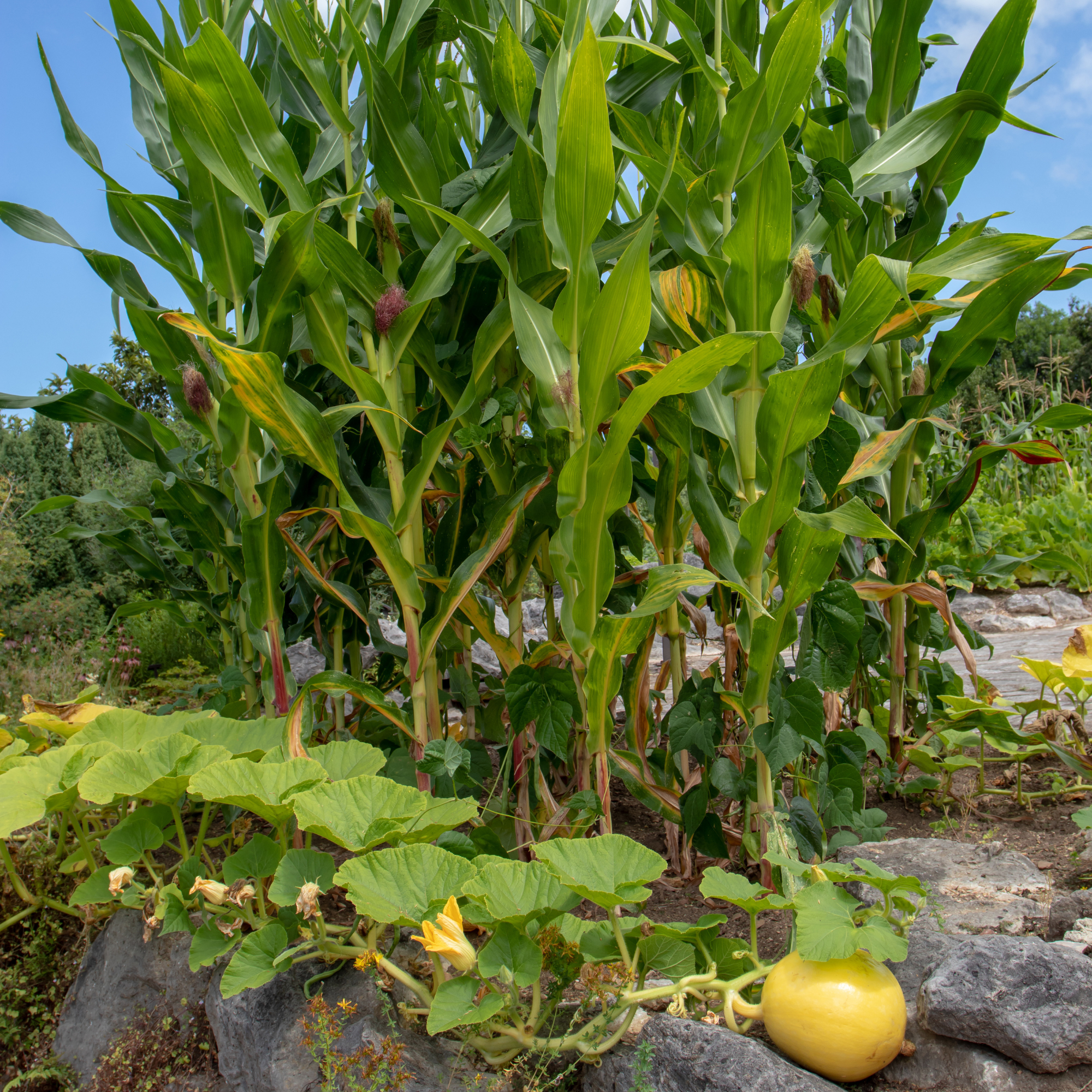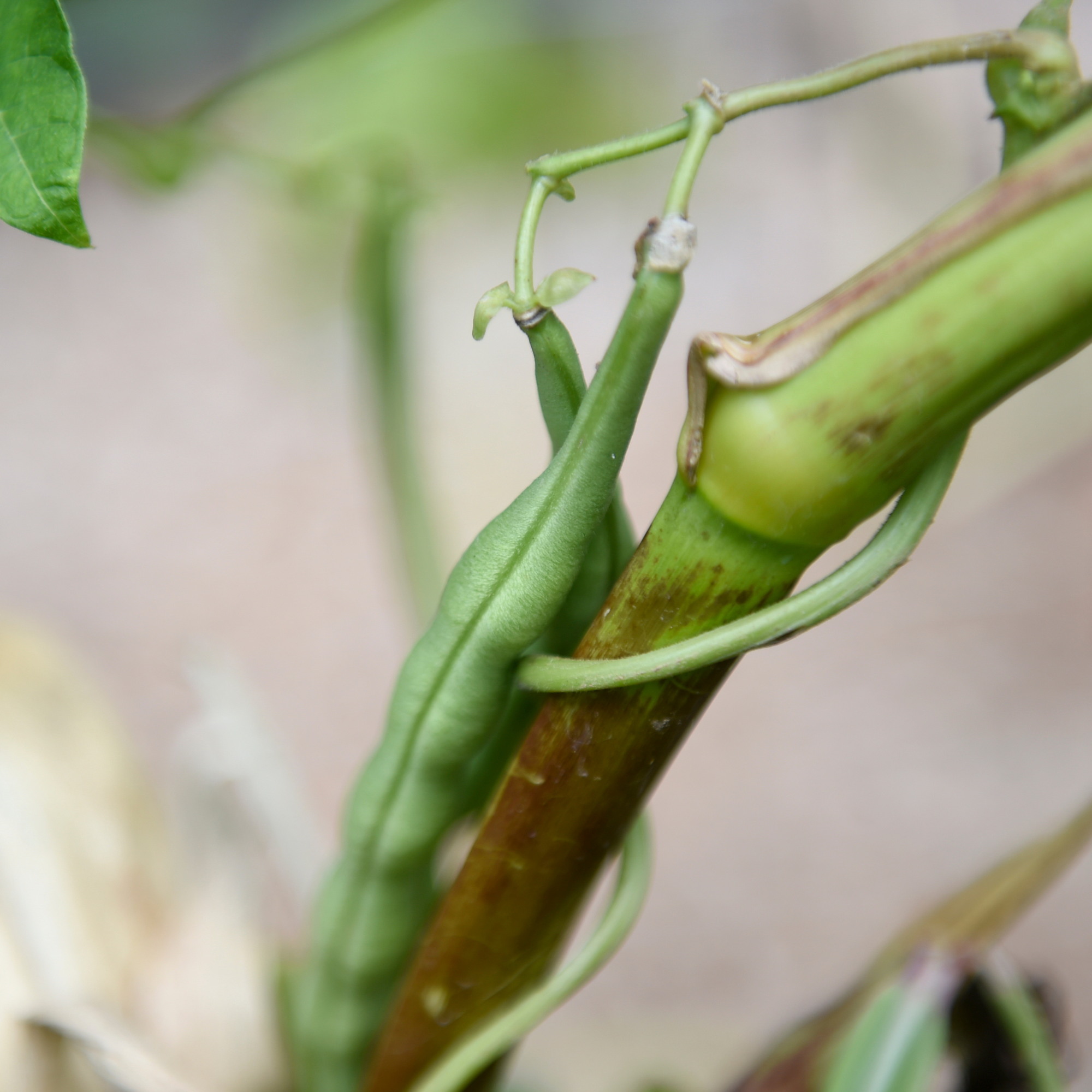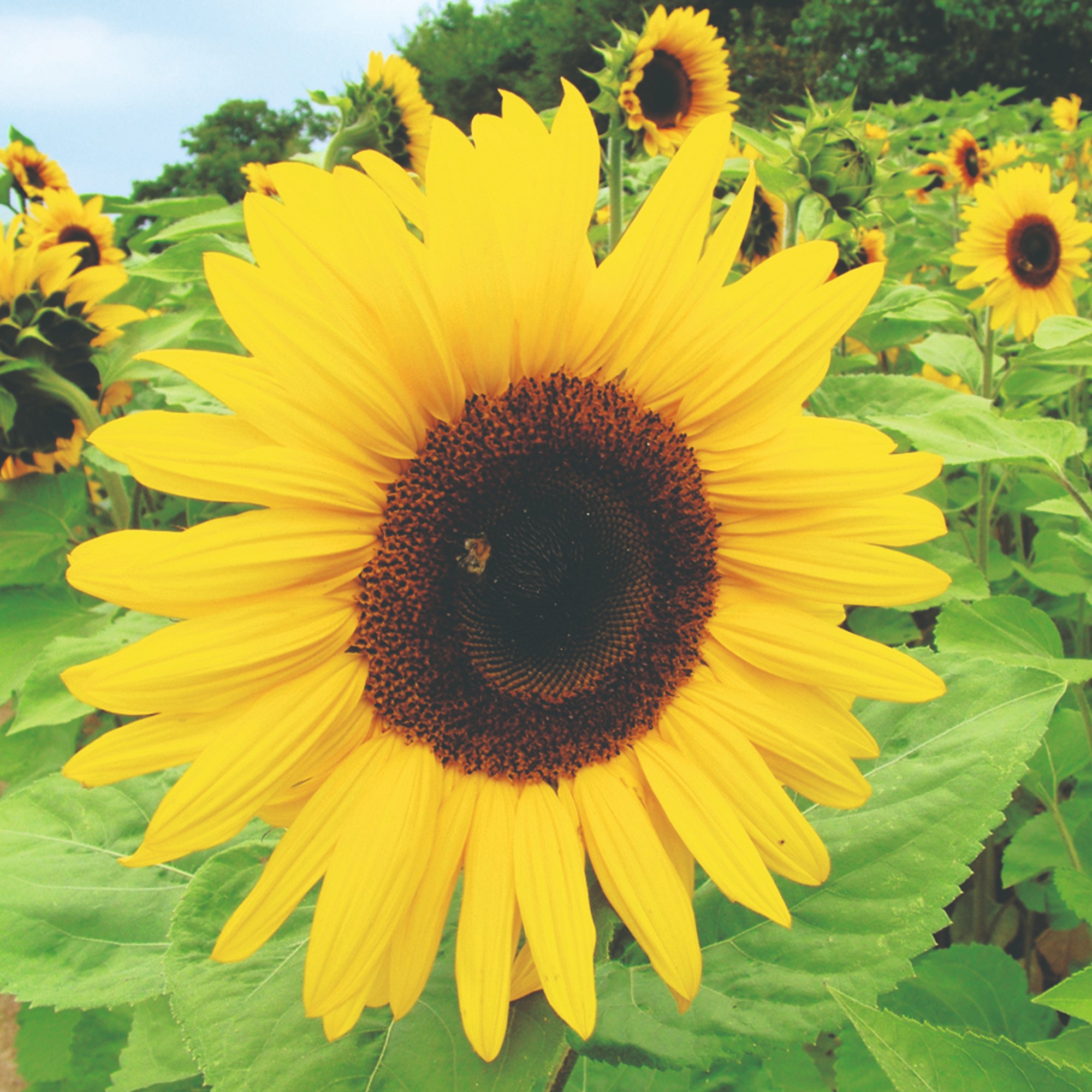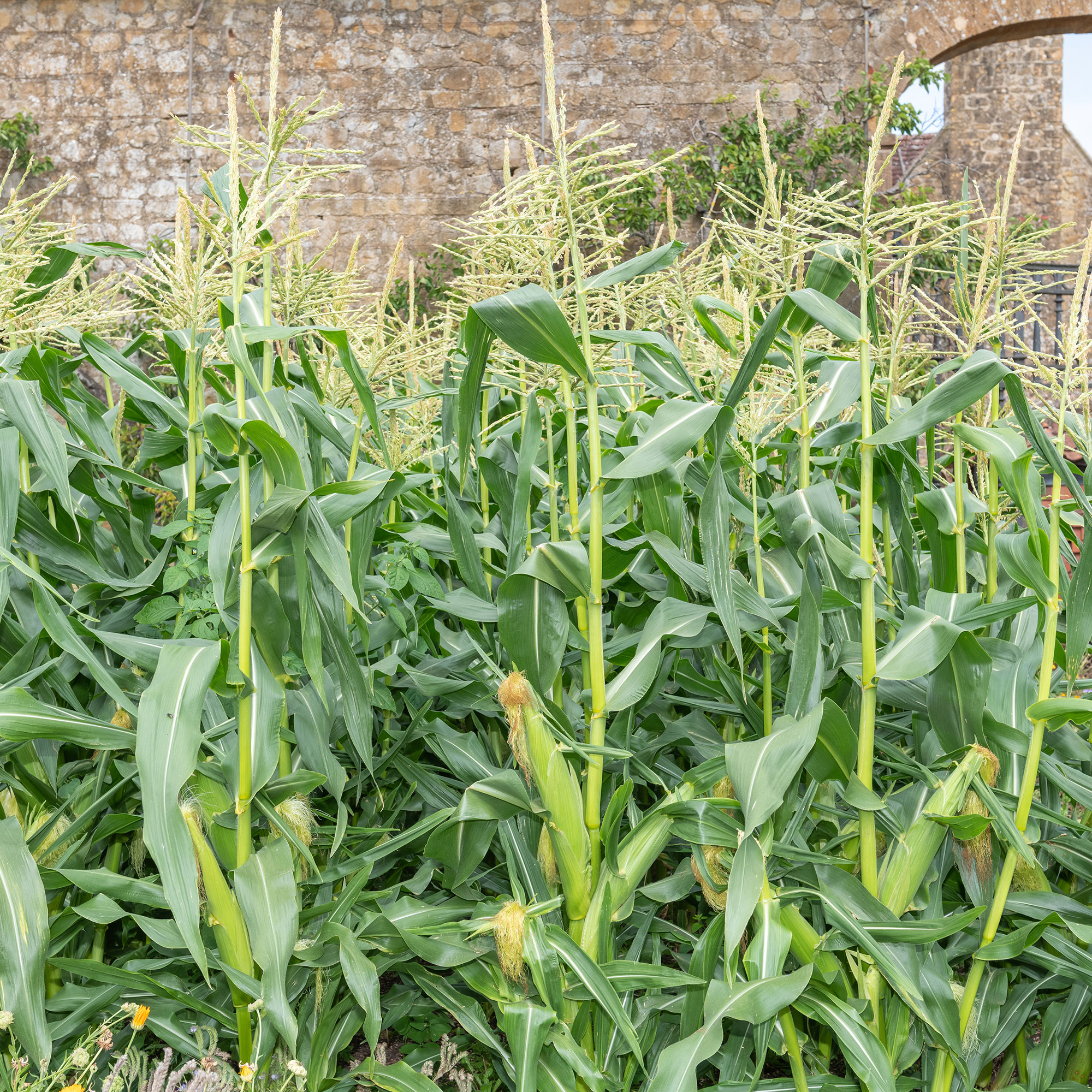This centuries-old Native American planting trick is ideal for small gardens – and it delivers bumper crops
It's an age-old tradition for good reason


If you have a small garden, then this ancient planting technique could be exactly what you need to maximise space and even improve your harvest.
Three Sisters Planting is a Native American method of companion planting that places three crops in close proximity, allowing the plants to work in harmony and even benefit each other.
This method has been used for centuries and for good reason, too. So, if you were looking for ways to get even more out of your small garden ideas, here’s why Three Sisters Planting should be up for your consideration.
What is the Three Sisters Planting method?
Three Sisters Planting is the practice of planting corn, climbing beans and squashes together. Native Americans believed these crops had a symbiotic relationship, which benefited how well these plants grew.

‘The three sisters planting methods can be traced back thousands of years to where it originally began in Mesoamerica (running from central America into Central Mexico), where growing corn, beans and squashes first began to be grown domestically,' explains says Lucie Bradley, garden expert at Easy Garden Irrigation.
'The three sisters took on a spiritual connection, with the three crops being called ‘De-o-ha-ko’ or ‘our sustainers’ and represented the connection between the Earth and people.'
When sweetcorn, beans and squash are planted in proximity to each other, they benefit each other by helping with weed control, support, fertilisation and moisture.
Sign up to our newsletter for style inspiration, real homes, project and garden advice and shopping know-how
This enabled people to grow crops in harsh environments where grains were not always readily available, and they found that certain crops flourished when planted together in close proximity, as they created a self-sustaining ecosystem that improved the soil and produced better harvests.
‘This enabled people to grow crops in harsh environments where grains were not always readily available, and they found that certain crops flourished when planted together in close proximity, as they created a self-sustaining ecosystem that improved the soil and produced better harvests,’ says Richard Barker, commercial director of LBS Horticulture.
How to do the Three Sisters Planting method
What you need
Lucie reccomends using the following variets of corn, beans and squash.
- For corn, use the F1 hybrid 'Goldcrest' (available for £3.49 at Suttons), which has strong, tall plants. Or, 'Lark' (£3.14 at Thompson & Morgan) reaches over 6ft in height and is great in windy conditions.
- For beans, use 'Firestorm' (£2.99 at Suttons) or 'Lady Di' (£3.19 at Dobies) runner beans, or French beans such as ‘Monte Gusto’ (£4.94 at Sarah Raven), which reaches about 6ft in height.
- For squash, use ‘Waltham Butternut’ (£3.49 at B&Q), or ‘Vegetable Spaghetti’ (£1.15 at Happy Green Shop), which are both vigorous vining varieties.

Beans growing up a corn stalk as part of Three Sisters Planting
Method
If you want to try Three Sisters Planting, then it is important to get the planting sequence correct and ensure you have the perfect conditions for your plants to grow.
‘First, select a suitable space in your garden where your plants will be in a spot where they will get six to eight hours of direct sunlight,' advises Lucie. 'Then prepare the soil by digging in compost, well-rotted manure or leaf mould to both boost the nutrient levels and improve aeration and drainage.'
‘Unless you are growing in raised beds, you should then create circular mounds in the soil. These should be about 30cm in height, about 1 metre wide and be spaced about a metre apart. These will form the ideal layout for your three crops.’

A squash at the base of a three sisters planting scheme.
Now it is time to start planting, and Lucie says the first crop to plant is sweetcorn, which should be planted in the centre of the mounds and allowed to reach 50cm in height before you plant your beans.
‘The beans should be planted around the mound, about 15cm distant from the corn, with the aim of them growing up the stalk of the sweetcorn for support,’ she says.
‘Once the beans have sprouted and been growing for about two weeks, you can then plant the squashes around the outside of the mounds.’
Can you use other plants?
You can apply this method to a range of other plants, such as Jerusalem artichokes, which are strong enough to support beans.
The key is choosing plants that don’t compete with each other. Richard even recommends adding a fourth sister to the traditional method.

Sunflowers can make a great addition to your three sisters planting scheme.
‘You can also add a fourth plant, such as sunflowers, to the system. Sunflowers will act as another support for the beans and will attract pollinators. Later in the season, the seedheads of the sunflowers will attract birds and keep them from eating the sweetcorn,’ he says.
However, some plants don’t work with this method.
‘It is best to avoid plants that would compete for resources. This includes plants in the nightshade family (potatoes, tomatoes, peppers) and bush varieties of squash (e.g. courgette), as these will not provide adequate ground cover for the method to benefit the other two plants,’ says Richard.
Why should use use the Three Sisters Planting method?
Instead of competing with each other, these three plants work in harmony. The corn supports the beans, while the squash creates a ground cover to retain moisture and suppress weeds. Meanwhile, the beans add nitrogen to the soil, which both sweetcorn and squash need for healthy growth and extra yields.

‘This planting method promotes biodiversity, which can reduce the risk of pests and diseases. Each of the crops traditionally used for this method draws on a different nutrient when growing, which means that there is not too much competition between the plants,’ says Richard.
‘The plants have a symbiotic relationship, and this can maximise space in your garden and improve soil fertility.’
Sweetcorn, beans and squash are all best sown in the spring so it's best to practice Three Sisters Planting next year. We'd love to know how you get on.

Kezia Reynolds joined the Ideal Home team as News Writer in September 2024. After graduating from City, University of London in 2022 with a bachelor’s degree in journalism, Kezia kicked off her career spending two years working on women’s weekly magazines. She is always on the lookout for the latest home news, finding you the best deals and trends - so you don’t miss a thing!
You must confirm your public display name before commenting
Please logout and then login again, you will then be prompted to enter your display name.